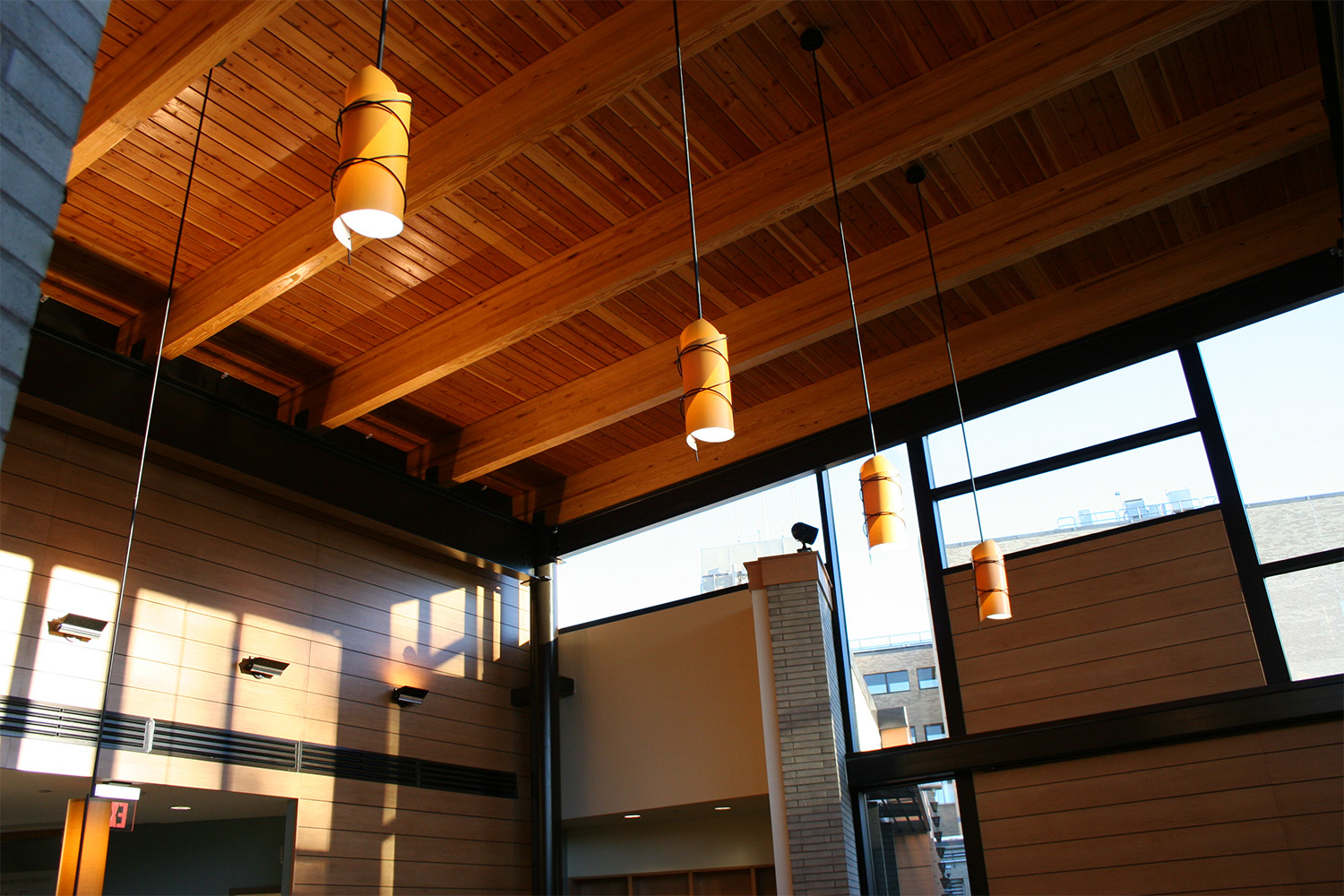Project Update: Marlborough Hospital Oncology Pavilion
Share

By Team Member: Jeremy Garczynski, LEED AP BD+C | Assistant Project Manager – VDC
After the ground-breaking of Marlborough Hospital Oncology Pavilion, the team enjoyed an uncommonly easy winter which proved great for site work, but like many existing buildings in the Northeast, there was a long list of unforeseen conditions. Whether it was a mystery pipe in the crawl space or an oil tank buried where new patient rooms would sit, it was the first test of whether the IPD contract could keep the project on track financially even in these circumstances.
Once the site was prepped and footings were placed it didn’t take long for the Linear Accelerator Vault to be formed. The Linear Accelerator includes many accessory components with their own electrical needs. These need to be coordinated in a special way so as not to let radiation leak out. After the vault was formed we had 50 trucks ready to place almost 500 CY of concrete. The layout of equipment and accessories was vetted again and again to ensure that no coring would have to take place through the 4-foot thick walls, or the rebar within it.
The new Oncology Pavilion is connected to the existing hospital by a CMU shear wall. That means any services passing from the existing to the new wing had to go through this wall. The CMU contained grouted cells and bond beams through which, nothing could pass. This left very little space for 12 individual services to pass through. In the name of efficiency, we ganged up the services to reduce the number of penetrations to 4.
These small spaces of trade coordination were aside from the 12-week effort all key trades were part of to untangle the limited space above the ceiling. Through weekly model uploads and online meetings, MEPFP teams figured out where to install their material. This week we “sign off” on the completed coordination drawings and then distribute all trades to each team member so they would know not only where they are but where other trades are.
All of this information isn’t a one-off creation, it lives in a federated live model where ideas are vetted and issued. It eliminates the question of whether the models match the drawings since the model created the drawings. With steel now erected the trades can start hanging pipes and ducts, and any questions they have can be answered by any team member (thanks to IPD) with the model that is always up-to-date.